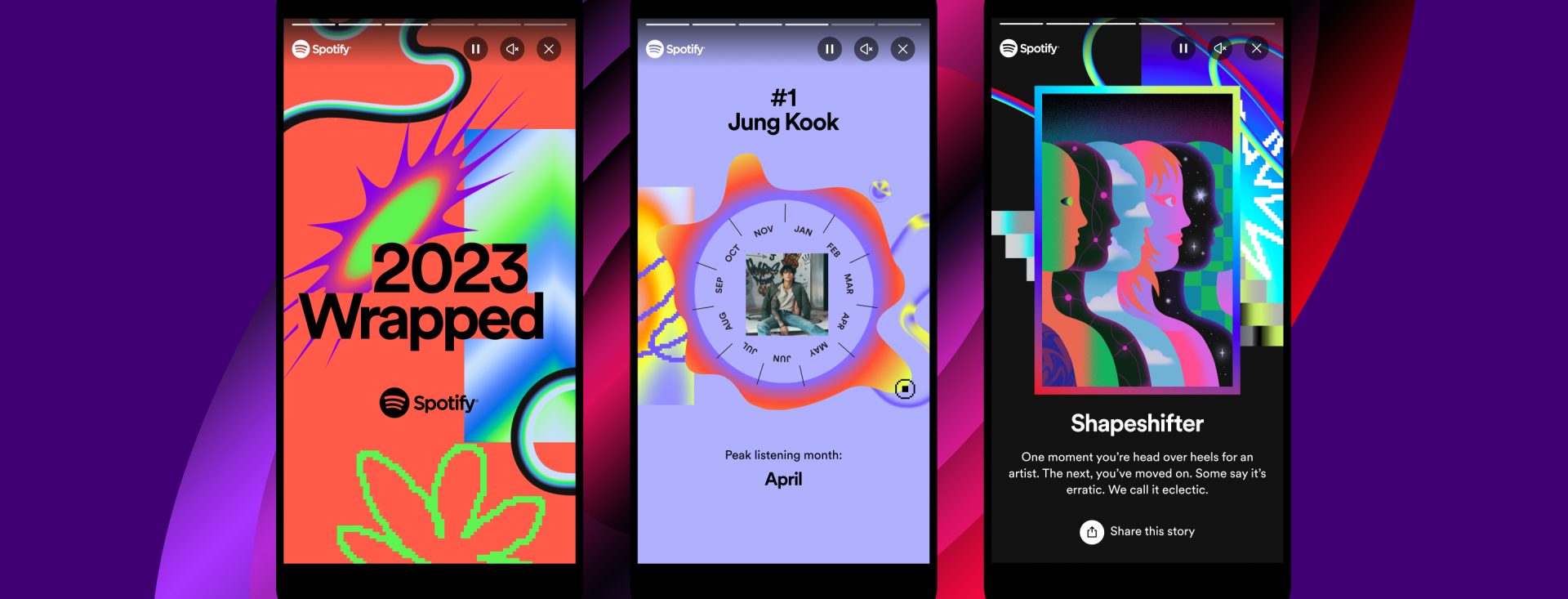Brands strive to attract customers and create lasting relationships with them. Emotional loyalty is rooted in a deep, affective connection between a customer and a brand, transcending the mere exchange of goods and services. This profound bond drives repeat purchases and brand advocacy and, ultimately, enhances brand equity.

The Foundations of Emotional Loyalty
Psychological Principles:
Understanding emotional loyalty requires delving into human psychology. Emotions significantly influence our decision-making processes. Customers who develop emotional connections with brands tend to exhibit higher loyalty, even in the face of competitive alternatives or occasional negative experiences. This connection often stems from how a brand makes them feel—valued, understood, and part of a larger community.
Highly emotional consumers are fiercely loyal, according to Capgemini. They choose their favourite brand 82% of the time over alternatives, while less emotional shoppers do so only 38% of the time.
Emotional loyalty alone isn’t enough to attract loyal customers to your store. However, as a brand gradually earns customers’ trust, an emotional approach can enhance customer engagement. Additionally, it aids in understanding customer behaviour, allowing for personalised shopping experiences.
Building Emotional Loyalty: 6 Essential Strategies for Your Brand
-
Brand Storytelling:
One of the most effective ways to build emotional loyalty is through storytelling. In the dynamic marketing landscape, where authenticity and emotional resonance are dominant, storytelling emerges as a powerful tool for differentiating brands and driving them towards sustained success.
The strength of brand storytelling lies in its authenticity, which serves as a genuine reflection of the brand’s core values and purpose. Infusing authenticity into brand storytelling is crucial for building trust and a connection with the audience. Authenticity stems from humanising your brand storytelling. This strategy guides brands towards a future where their narratives not only engage audiences but also leave a lasting impact on audiences’ collective consciousness.

-
Customer Experience (CX):
A memorable customer experience is at the heart of emotional loyalty. It involves not just meeting but exceeding customer expectations through personalised interactions and meticulous attention to detail. Every touchpoint, from customer service to product delivery, should reinforce the brand’s commitment to its customers.
For example, FedEx was honoured with the Best Customer Support of the Year Award by the Japan Institute of Information Technology, standing out among nine companies for its exceptional customer support. The institute praised FedEx’s advanced approach, highlighting its efforts to enhance customer engagement by focusing on quality, responding sensitively to customer feelings, and evaluating feedback through recorded conversations. Additionally, FedEx boasts a customer loyalty score of 74%, according to data from the Comparably platform.
-
Values and Mission Alignment:
Customers are increasingly drawn to brands that reflect their own values and beliefs. Brands that actively support social causes and demonstrate a commitment to ethical practices can build strong emotional loyalty. In Shep Hyken’s annual study, Achieving Customer Amazement 2022, 45% of 1,000 consumer respondents said they believe a company must support a social cause that is also important to their customers.
Patagonia, for example, has cultivated a loyal customer base by prioritising environmental sustainability and social responsibility, which aligns with its customers’ commitments.

-
Community Building:
Creating and nurturing brand communities can significantly enhance emotional loyalty. Engaging customers through social media, forums, and events foster a sense of belonging and deepens their connection to the brand.
Apple has a dedicated fan base of users who often connect through online forums, social media groups, and in-person events. The tech giant company has a dedicated landing page on its website for its Apple Support Communities. On that platform, users can discuss their experiences, share tips and tricks, and earn points by providing technical support to each other.
In addition to Apple’s official support community, numerous unofficial Apple support groups exist all over the world, with thousands of members in each community engaging with each other, answering questions, and connecting over their shared identity as Apple users.
-
Customer Engagement:
Interactive marketing strategies, such as gamification and exclusive loyalty programs, can deepen emotional connections. Offering unique experiences and recognising loyal customers with special rewards can reinforce their attachment to the brand.
Spotify is an excellent example of championing customer engagement. Through a sophisticated algorithm, the service tailors playlists and recommendations to individual users’ tastes and is updated daily and weekly.
For example, Spotify’s annual ‘Spotify Wrapped’ provides users with a year-end report detailing their music consumption over the past year, packaged for easy sharing on social media. This encourages users to engage more with its products and services.

-
Employee Advocacy:
Employees play a crucial role in building emotional loyalty. Empowering employees to become brand ambassadors and ensuring their satisfaction can positively impact customer perceptions and loyalty. When employees are happy, they are more likely to deliver exceptional customer experiences. In turn, it strengthens the emotional bond between the brand and its customers.
Adobe’s Social Shift employee advocacy program is one of the most popular and inspiring examples of employee advocacy. The program encourages employees to create and post their own content on the Adobe Life blog. The brand is achieving remarkable employee engagement across social media platforms by using the #AdobeLife hashtag. According to Ambassify, Adobe’s Social Shift employee advocacy program has helped the company increase brand awareness by 20% and generate 100 million social media impressions.

Emotional Bonds: The Key to Lasting Loyalty
Emotional loyalty is a cornerstone of successful branding, offering benefits that extend far beyond transactional loyalty. By building deep, affective connections with customers through storytelling, exceptional customer experiences, and value alignment, brands can foster a loyal customer base that advocates for them and stands by them through thick and thin. As the branding landscape evolves, investing in emotional loyalty will remain a critical strategy for long-term success.


